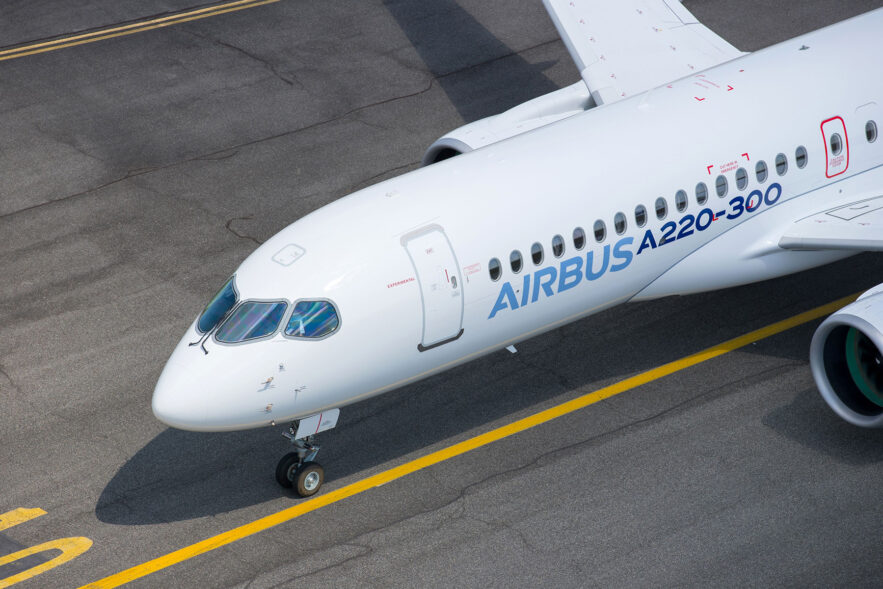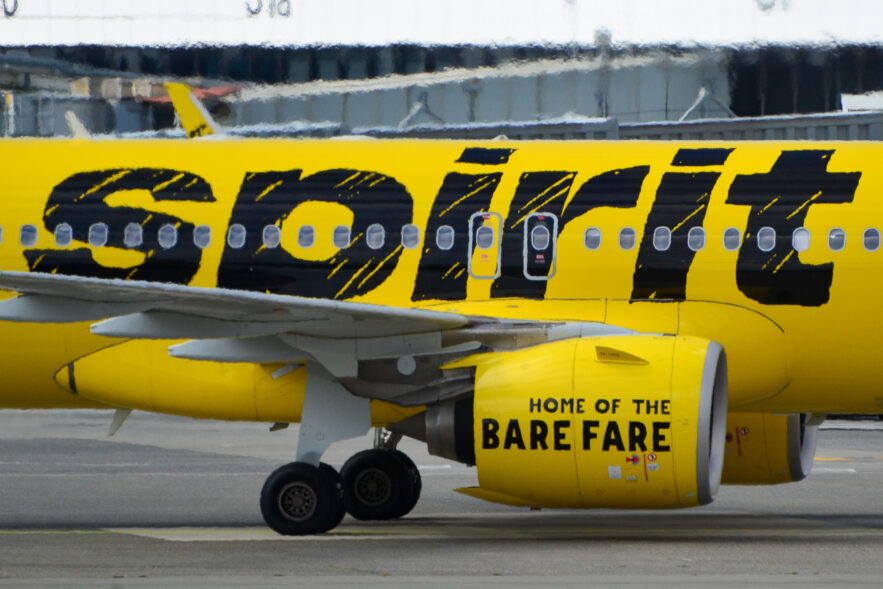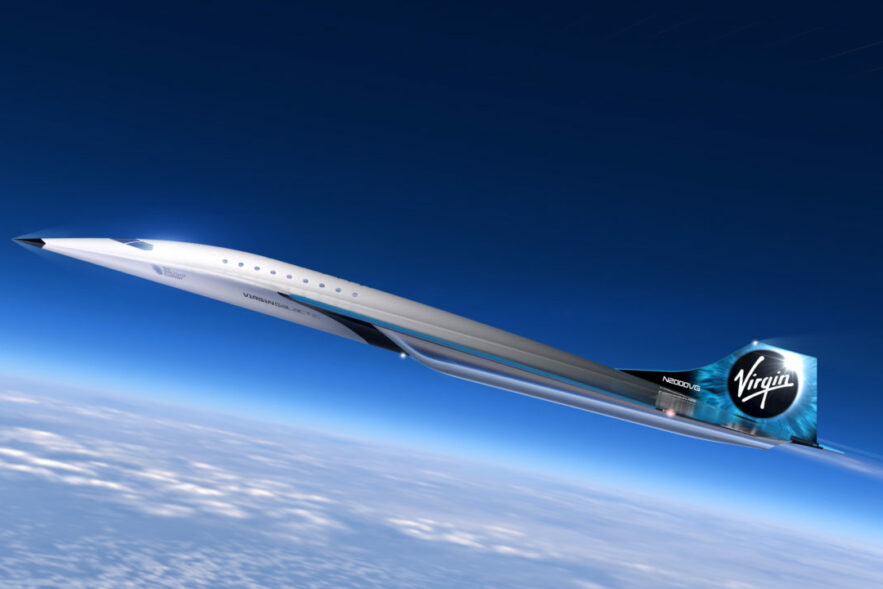My father-in-law is my bellwether for certain things: Sage parental advice, late adoption of technology. He’s lovably stubborn and likes...
Log-in here if you’re already a subscriber Release DateMay 7, 2020The case against the Airbus A220 and Embraer E2Purchase a...
Log-in here if you’re already a subscriber Release DateMay 29, 2020Business travel lags leisure early in coronavirus air travel recoveryPurchase...
The abundance of aircraft parked around the world brings another, very human and more personal abundance - pilots. Without passengers to fly, aircraft will remain parked. With aircraft parked, some pilots find themselves the subject of a furlough. Yet, even as the industry stares down a potential sharp reduction in the overall pilot workforce, the massive change could simultaneously spark a major new wave of retraining that would overwhelm the global simulator infrastructure.
Major leadership changes at GE, Embraer and Mitsubishi. What if the 777X freighter is too small? And what of an A380 combi? COVID-19 will wipe out 20 cents of every dollar earned by airlines for the last half century.
In this TAC Analysis, we focus on these nuanced dynamics of the airline pilot seniority list, and the ways in which the airlines and pilots could work together to weather this unprecedented excess in payroll.
For the first time in over three months, the Transportation Security Administration screened over 600,000 passengers. Yet, as optimistic as the almost seven-fold increase in traffic from its lows may be, it still requires context that overall numbers remain down more than 77% from the same point in 2019 and now facing a surge in new U.S. COVID-19 cases.
The first signs of a slowing recovery in air traffic are beginning to show in the United States just as airlines make their largest capacity increases. Even as screened passenger numbers from the Transportation Security Administration continue their upward trajectory, so do new cases of COVID-19 in states not first hit by the virus. With that growing uncertainty, the spread is showing its first indications of a slowing recovery in the months ahead.
In the middle of the single most acute crisis to hit the airline business in the history of flying, U.S. airlines are seemingly trapped playing a cascading series of one upmanship games as they chase market share, risking further destabilizing their airlines at a time when the industry’s very survival hangs in the balance.
The first in a two-part series on the impact of the COVID-19 pandemic on the business of building commercial aircraft...
There are three steps to an airline industry recovery. First, airlines have to return capacity to the sky. Second, passengers need to fill those airplanes. Lastly, the fares those passengers pay must be economically sustainable. The industry has not yet reached the first step.
The COVID-19 pandemic has made strange bedfellows out of Delta Air Lines and Qatar Airways, who are on the same side to save bankrupt LATAM. Virgin Galactic's Mach 3 concept for a supersonic airliner is more than a little squishy. The FAA has started the clock on public comments for the 737 Max return to service and other goings on for the grounded airliner.












